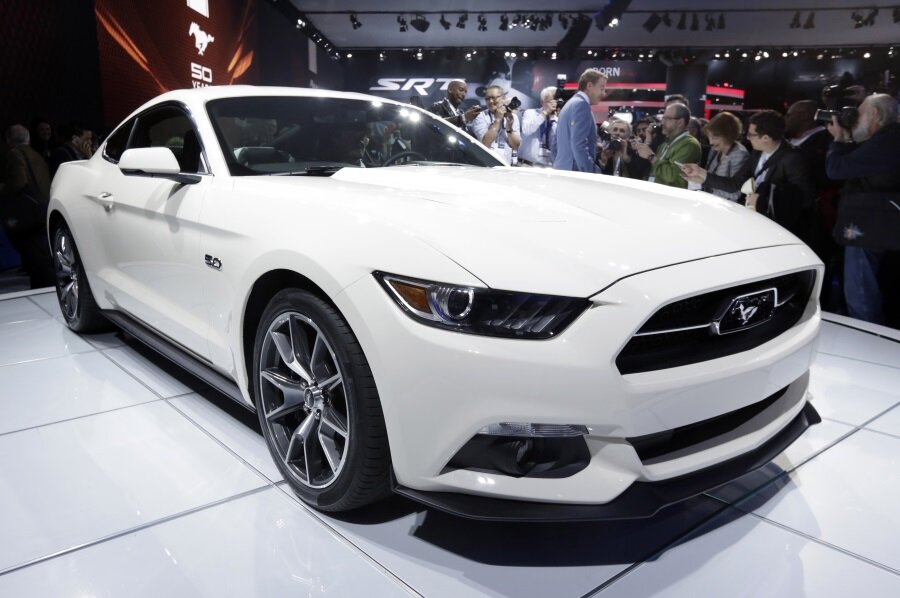With a new Silicon Valley research center, Ford commits to connected cars
Loading...
Ford opened a new Research and Innovation Center in Palo Alto, Calif., on Thursday, with an aim to more fully participate in Silicon Valley’s “marketplace of ideas.”
The company predicts that the next generation of cars will be interconnected (and at least partially autonomous), and wants to be at the forefront of the research that will bring these vehicles to market.
Most major automakers have similar innovation centers in Silicon Valley, but by the end of the year, Ford’s will be one of the largest.
The company plans to employ 125 people researching how Ford vehicles can wirelessly communicate with other devices. This kind of interconnection, known often as the “Internet of Things,” was the big focus of this year’s Consumer Electronics Show, and automakers are working to allow their cars to seamlessly communicate with each other and with the devices drivers use, including smart phones.
The staff at Ford’s Silicon Valley facility will concentrate on how advances in user interfaces and data collection can be used to improve automotive technology.
"Innovation for us is very meaningful because it's in our DNA, in the legacy of Henry Ford,” Ford chief executive officer Mark Fields said at the center’s opening ceremony. “Innovation is why a lot of us joined the company in the first place. We want to be viewed as part of the ecosystem in Silicon Valley.”
Ford currently operates two other research centers: one in Dearborn, Mich., which focuses on developing advanced materials and driver safety systems, and one in Aachen, Germany, which focuses on improving auto electronics and handling. The Palo Alto center will complement these two labs by allowing Ford to explore autonomous and semi-autonomous driving technologies. The campus is close to the headquarters of Google and Tesla Motors, both of which are working to refine their own self-driving car prototypes.
Ford’s new research center will be headed by Dragos Maciuca, an Apple veteran with experience in consumer electronics, product development, and semiconductor manufacturing. Mr. Fields said at the event that Ford is planning to collaborate with other Silicon Valley companies, including car-sharing services Uber and Lyft. (Ford would rather customers buy cars than use sharing services, but if Uber’s rise is inevitable, the company wants the shared cars to be Fords.)
Ford already had a toehold in Silicon Valley: the company opened an eight-person office in 2012 in order to try out technologies that could eventually be used in Ford cars. But Ford’s expanded presence in the area means it can perform more serious research, as well as tap into the talent pool of scientists and engineers who live in the area.








